The Queen of the Air, John Ruskin [classic novels for teens .TXT] 📗
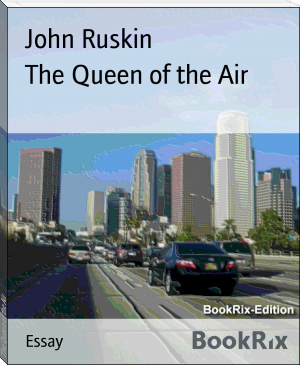
- Author: John Ruskin
Book online «The Queen of the Air, John Ruskin [classic novels for teens .TXT] 📗». Author John Ruskin
This force, now properly called life, or breathing, or spirit, is continually creating its own shell of definite shape out of the wreck around it; and this is what I meant by saying, in the "Ethics of the Dust," "you may always stand by form against force." For the mere force of junction is not spirit; but the power that catches out of chaos charcoal, water, lime, or what not, and fastens them down into a given form, is properly called "spirit;" and we shall not diminish, but strengthen our conception of this creative energy by recognizing its presence in lower states of matter than our own; such recognition being enforced upon us by delight we instinctively receive from all the forms of matter which manifest it; and yet more, by the glorifying of those forms, in the parts of them that are most animated, with the colors that are pleasantest to our senses. The most familiar instance of this is the best, and also the most wonderful: the blossoming of plants.
The spirit in the plant--that is to say, its power of gathering dead matter out of the wreck round it, and shaping it into its own chosen shape--is of course strongest at the moment of its flowering, for it then not only gathers, but forms, with the greatest energy.And where this life is in at full power, its form becomes invested with aspects that are chiefly delightful to our own human passions; namely, at first, with the loveliest outlines of shape; and, secondly, with the most brilliant phases of the primary colors, blue, yellow, and red or white, the unison of all; and, to make it all more strange, this time of peculiar and perfect glory is associated with relations of the plants or blossoms to each other, correspondent to the joy of love in human creatures, and having the same object in the continuance of the race. Only, with respect to plants, as animals, we are wrong in speaking as if the object of this strong life were only the bequeathing of itself. The flower is the end or proper object of the seed, not the seed of the flower. The reason for seeds is that flowers may be; not the reason of flowers that seeds may be. The flower itself is the creature which the spirit makes; only, in connection with its perfectness is placed the giving birth to its successor.
The main fact then, about a flower is that it is part of the plant's form developed at the moment of its intensest life; and this inner rapture is usually marked externally for us by the flush of one or more of the primary colors. What the character of the flower shall be, depends entirely upon the portion of the plant into which this rapture of spirit has been put. Sometimes the life is put into its outer sheath, and then the outer sheath becomes white and pure, and full of strength and grace; sometimes the life is put into the common leaves, just under the blossom, and they become scarlet or purple; sometimes the life is put into the stalks of the flower and they flush blue; sometimes into its outer enclosure or calyx; mostly into its inner cup; but, in all cases, the presence of the strongest life is asserted by characters in which the human sight takes pleasure, and which seem prepared with distinct reference to us, or rather, bear, in being delightful, evidence of having been produced by the power of the same spirit as our own. And we are led to feel this still more strongly because all the distinctions of species,* both in plants and animals, appear to have similar connection with human character. Whatever the origin of species may be, or however those species, once formed, may be influenced by external accident, the groups into which birth or accident reduce them have distinct relation to the spirit of man. It is perfectly possible, and ultimately conceivable, that the crocodile and the lamb may have descended from the same ancestral atom of protoplasm; and that the physical laws of the operation of calcareous slime and of meadow grass, on that protoplasm, may in time have developed the opposite natures and aspects of the living frames but the practically important fact for us is the existence of a power which creates that calcareous earth itself, --which creates, that separately--and quartz, separately; and gold, separately; and charcoal, separately; and then so directs the relation of these elements as that the gold shall destroy the souls of men by being yellow; and the charcoal destroy their souls by being hard and bright; and the quartz represent to them an ideal purity; and the calcareous earth, soft, shall beget crocodiles, and dry and hard, sheep; and that the aspects and qualities of these two products, crocodiles and lambs, shall be, the one repellant to the spirit of man, the other attractive to it, in a quite inevitable way; representing to him states of moral evil and good; and becoming myths to him of destruction or redemption, and, in the most literal sense, "words" of God.* The facts on which I am about to dwell are in nowise antagonistic to the theories which Mr. Darwin's unwearied and unerring investigations are every day rendering more probable. The æsthetic relations of species are independent of their origin. Nevertheless, it has always seemed to me in what little work I have done upon organic forms, as if the species mocked us by their deliberate imitation of each other when they met; yet did not pass one into another.
And the force of these facts cannot be escaped from by the thought that there are species innumerable, passing into each other by regular gradations, out of which we choose what we must love or dread, and say they were indeed prepared for us. Species are not innumerable; neither are they now connected by consistent gradation. They touch at certain points only; and even then are connected, when we examine them deeply, in a kind of reticulated way, not in chains, but in chequers; also, however connected, it is but by a touch of the extremities, as it were, and the characteristic form of the species is entirely individual. The rose nearly sinks into a grass in the sanguisorba; but the formative spirit does not the less clearly separate the ear of wheat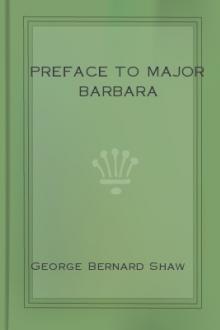
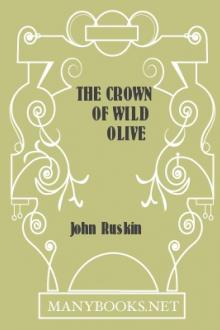
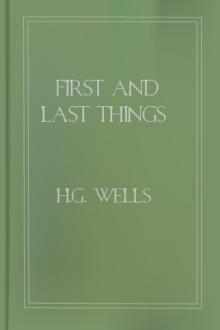

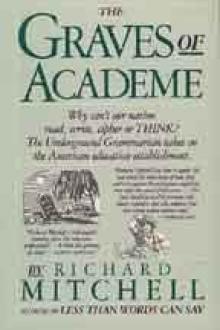
Comments (0)